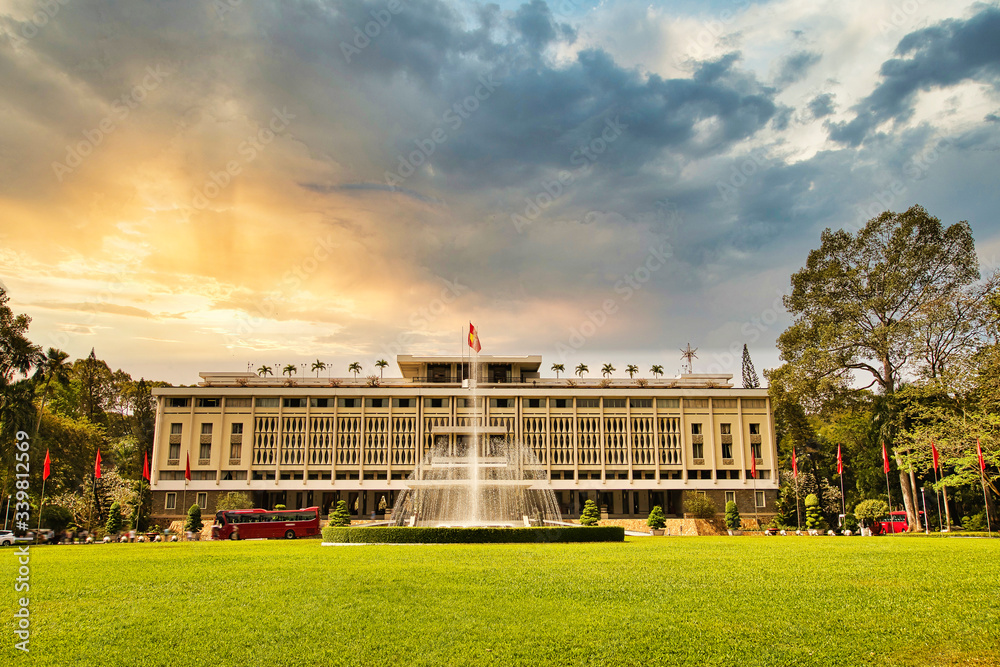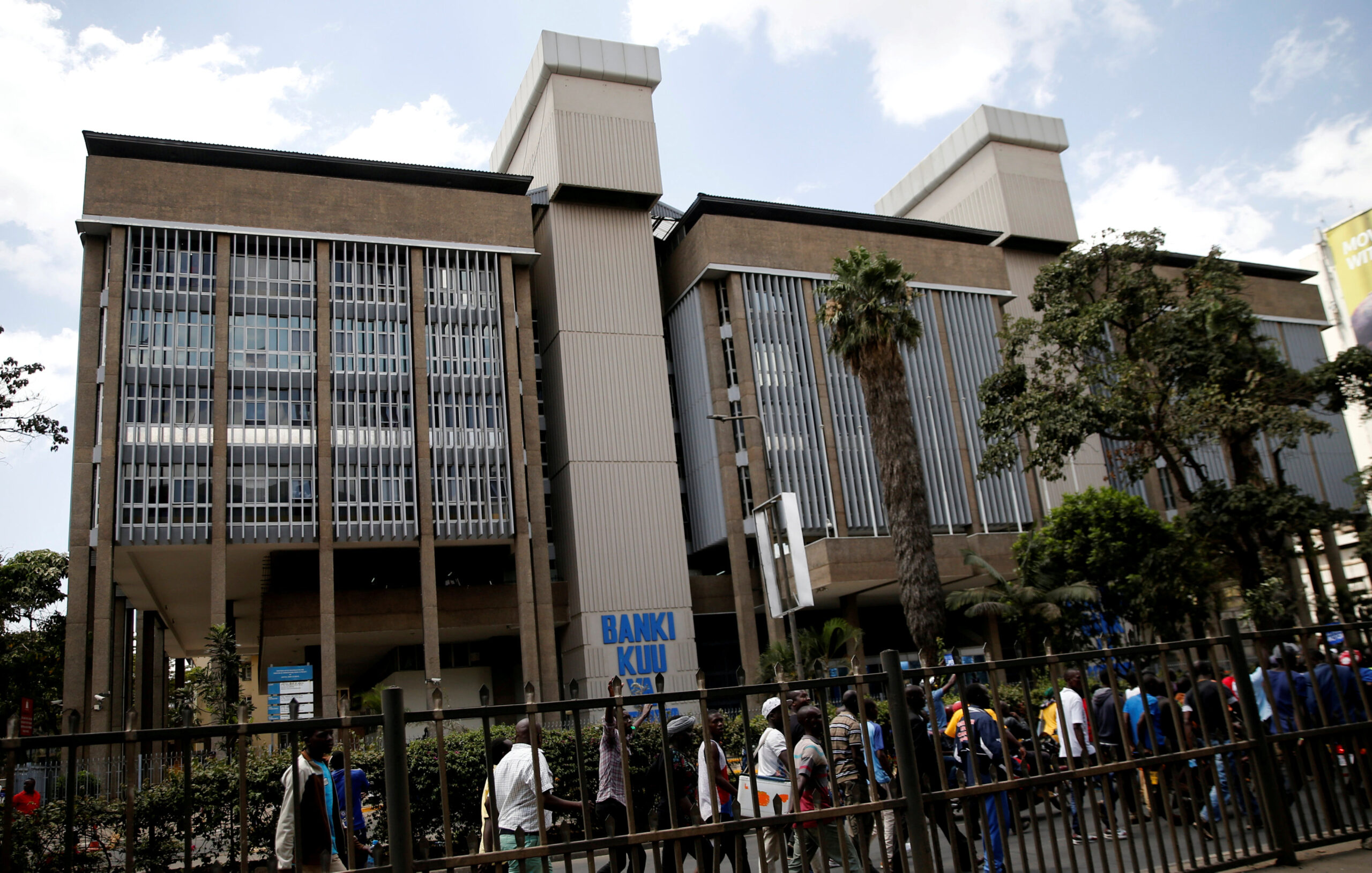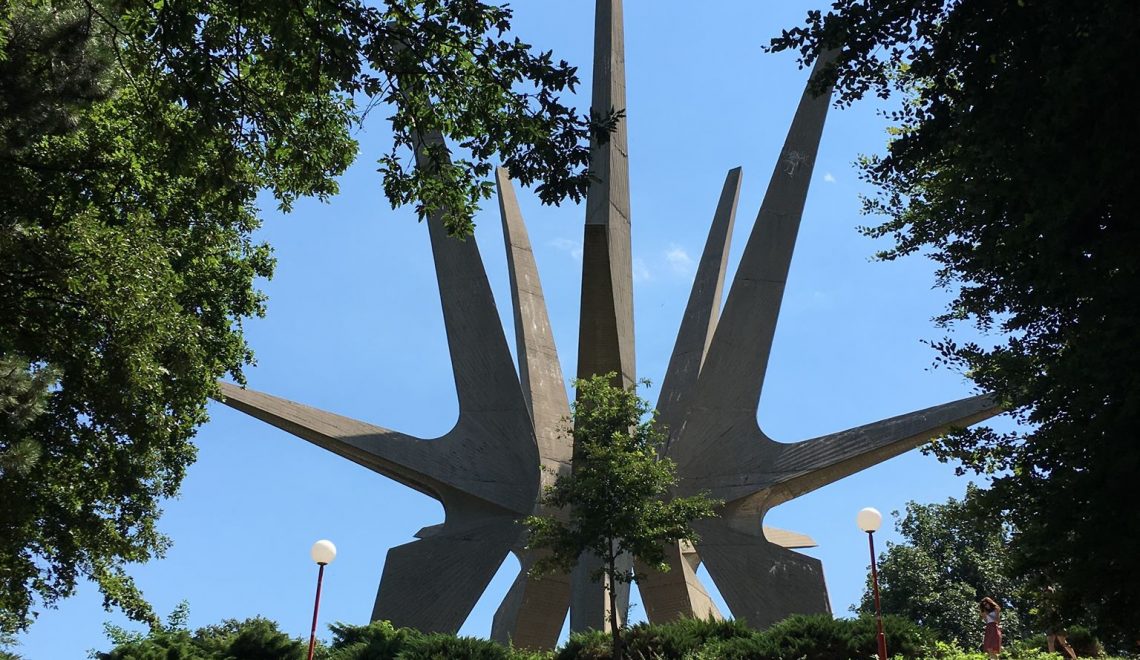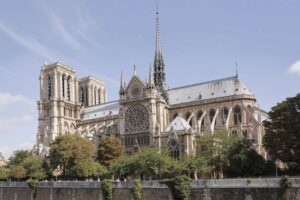The Power of Raw Concrete: A Global Reassessment
People typically talk about brutalist architecture, which is the harsh style of exposed, raw concrete (béton brut), in a restricted Anglo-European way. The Barbican Estate in London, the Boston City Hall, and Le Corbusier’s Unité d’Habitation in Marseille are among examples of the movement’s “poster children.” These monuments are really important, but they only tell part of a bigger story.
Brutalism changed a lot as it left the old European canon. In the Global South’s emerging independent countries, such South America, South Asia, and Africa, raw concrete was more than just a style option; it was a powerful symbol. In the post-colonial era, it stood for modernity, national ambition, and a promise to develop quickly and fairly. These buildings combined Le Corbusier’s ideas with the necessities of the local climate and society, creating a lively but largely forgotten part of architectural history.
It’s time to stop blaming the traditional suspects and instead applaud the architects who used concrete to create a new, strong architectural style in developing countries. These eight great Brutalist works from the Global South that have been lost ought to be known around the world.
Dhaka, Bangladesh’s Jatiyo Sangsad Bhaban (National Assembly)
The Jatiyo Sangsad Bhaban (1982) is widely thought to be one of the best buildings of the 20th century. It was designed by American architect Louis Kahn. The complex is in the capital of a newly independent country and goes beyond the term “Brutalist” by including features that are unique to the Bengali delta climate.
The huge building is made out of huge geometric openings—circles, triangles, and squares—that cut deep into the concrete front. These forms aren’t only for looks; they also help cool the room by screening out the strong tropical light and letting air flow through them. The end product is a huge concrete structure that seems both old and contemporary at the same time. This shows Bangladesh’s desire to create a new civic identity based on its own cultural and historical heritage. Its precise shapes and use of light set it apart from regular Brutalist functionalism.

Ponte Tower in Johannesburg, South Africa
Ponte City Apartments in Johannesburg is a Brutalist landmark that has a long and complicated history. It was finished in 1975 and is 56 floors tall. This cylindrical edifice, the first of its sort in Africa, is a striking example of both great hope and the eventual decline of cities.
The hollow core, or “the hole,” is what makes it stand out. It lets natural light into the building’s inner units. In the past, this address was very attractive, but after the 1990s, it swiftly fell out of favor and became known for violence and poverty. The tower is being restored now, and it serves as a powerful reminder of South Africa’s troubled urban history. It is a strong example of Mega-Structure Brutalism in the Southern Hemisphere because of its size and simple, cylindrical concrete shape.

Ponte Tower – Hillbrow, Johannesburg, South Africa. Ponte City Building at sunset. Ponte City is a famous skyscraper in the Hillbrow neighbourhood of Johannesburg.
São Paulo, Brazil’s SESC Pompéia
Italian-Brazilian architect Lina Bo Bardi designed the SESC Pompéia (1986) as a way for people to connect and build community via Brutalism. This masterpiece is a cultural and recreation center created inside the shell of an old factory. It shows a more fun and human way to use raw concrete.
Bo Bardi linked the old industrial sheds to a new concrete sports facility with aerial walkways that had windows that were not straight and looked like they were made of plants. The exposed concrete is warm and textured. It was done on purpose to show the wood grain from the formwork, which is called tablilla in various Latin American cultures. People enjoy the center, which shows how Brutalism can create welcome, lasting public places when it is led by a strong social purpose.

Sesc Pompéia – São Paulo, Brazil » Sesc Pompeia exterior
Banco de Londres y América del Sur in Buenos Aires, Argentina
This bank headquarters was designed by Clorindo Testa and SEPRA and finished in 1966. It’s more of a concrete geological structure than a building. It is very different from the typical office block architecture of its time. It has a huge, cathedral-like interior area made out of huge, sculpted concrete shells and pillars.
The building has a new open layout, and huge reinforced concrete screens make up the street face, which is both protected and see-through. The impression is a mix of inside and outside, public and private. Testa’s work here shows the dramatic, sculptural potential of reinforced concrete. It shows a particularly Latin American modernism that employed Brutalism’s material honesty to make art.

Banco de Londres y América del Sur in Buenos Aires, Argentina
Palika Kendra, New Delhi, India
The Palika Kendra (1984), designed by Kuldip Singh and Mahendra Raj, is a well-known building in New Delhi that houses the New Delhi Municipal Council (NDMC). It was finished long after the style had started to fade in other places, which shows how long and flexible Brutalism has been on the subcontinent.
The structure has stark concrete walls and deep, recessed ribbon windows that make a unique horizontal banding pattern. This design does a great job of blocking off the harsh Indian sun, which is an important part of the climate. Palika Kendra is a remarkable example of post-Corbusian Indian modernism, showing how the stark style was used for big, useful civic buildings. It’s not as well-known as Chandigarh.

Delhi – palika kendra 1/ Kuldip Singh’s Palika Kendra building, 1965-1983
Ho Chi Minh City’s Independence Palace, Vietnam
Ngô Viết Thụ, a Vietnamese architect, designed this edifice, which is also known as the Reunification Palace. It was finished in 1966. Its huge size, use of exposed, patterned concrete, and strong geometric volumes make it a strong part of the global Brutalist discussion, even if it is based on New Modernism.
To deal with the tropical heat, the palace has a huge cantilevered entrance and deep loggias. The unusual front of the building has exquisite pre-cast concrete sunscreens that create a delicate, patterned veneer over the basic structural material. It is a very important political and architectural document that stands for the ambitious and complicated projects that countries that have been at war for decades are working on to build their states.

Independence Palace in Ho Chi Minh City, Vietnam. Independence Palace is known as Reunification Palace and was built in 1962-1966. Less by CravenA
Caracas, Venezuela’s Teresa Carreño Cultural Complex
This huge cultural center in Caracas, designed by Thomas Sanabria and built in stages over the course of the 1980s, is one of the biggest concrete complexes in Latin America. It is a stunning example of cultural Brutalism, built to make a strong statement about the country’s artistic character.
The complex has two main performance halls and is made up of huge, dramatic concrete planes and geometric volumes. The building’s design reflects the oil wealth of the time and the government’s determination to spend a lot of money on public cultural areas. The exposed concrete surfaces are often textured or articulated, which shows that the material could have a large and sophisticated municipal presence.
Teresa Carreño Cultural Complex, Caracas, Venezuela
Nairobi, Kenya’s Central Bank of Kenya
The Central Bank of Kenya (CBK) building, which was finished in the early 1970s, is a distinctive early post-colonial landmark in Nairobi. It was built during a time of rapid national growth, and the strong material of concrete shows the young nation’s yearning for stability and confidence.
The skyscraper has a unique, extensively articulated outside, with geometric concrete fins that run up and down the structure. These fins serve a purpose by providing shade and making the structure stronger in severe winds. This structure shows how African Brutalism is both practical and aspirational. It uses strong, cheap materials to make a safe, imposing, and climate-friendly financial pillar.

Kenya’s Central Bank fines five banks a total of $3.89M
The Unseen Legacy: A Call to Save It
These eight structures, along with many others throughout the Global South, provide a different story about the history of Brutalism. Their concrete masses don’t convey stories about rationing after the war; they tell stories about political ambition, social idealism, and local inventiveness. Architects in these countries expertly adapted the style to work in difficult tropical and dry climates, showing that concrete can be a flexible and culturally appropriate material.
But a lot of these great works of art are in danger of being torn down or poorly renovated. These “forgotten gems” typically don’t have the legal and financial protections they require to be preserved, unlike their European counterparts, which are very well protected. To really understand Brutalism, the world needs to start talking about how these buildings played a vivid, multifaceted, and important part in shaping the modern character of the Global South. By appreciating their worth, we make sure that the complete and dramatic story of raw concrete lives on for many years to come.
Reference:
London’s Forgotten Brutalist Masterpieces | Londonist
10 Icons of Brutalist Architecture, from the Breuer to the Barbican | Artsy
For more blogs like this CLICK HERE!!





